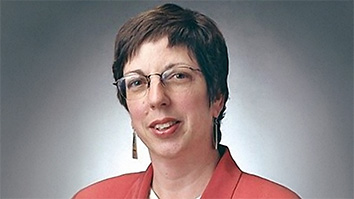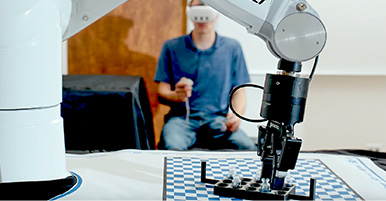Citation
Marschall, J., Pejakovic, D. A., Fahrenholtz, W. G., Hilmas, G. E., Zhu, S., Ridge, J., … & Thömel, J. (2009). Oxidation of ZrB2-SiC ultrahigh-temperature ceramic composites in dissociated air. Journal of Thermophysics and Heat Transfer, 23(2), 267-278.
Abstract
The oxidation behavior and surface properties of hot-pressed ZrB2–SiC ultrahigh-temperature ceramic composites are investigated under aerothermal heating conditions in the high-temperature, low-pressure partially dissociated airstream of the 1.2 MW Plastron facility at the von Karman Institute for Fluid Dynamics. Sample are oxidized at different flow enthalpies for exposure times of up to 20 min at surface temperatures ranging from 1250 to 1575 degrees centigrade. The microstructure and composition of the resulting oxide layers are characterized using electron and optical microscopies, e-ray diffraction, and energy-dispersive x-ray analysis. Comparisons are made with sample oxidized under similar temperature and pressure conditions in a furnace test environment in which atomic oxygen concentrations are negligible. Change sin surface optical properties are documented using spectral reflectance measurements, and effective catalytic efficiencies are estimated using computational fluid dynamics calculations together with measured surface temperatures and heat fluxes.


